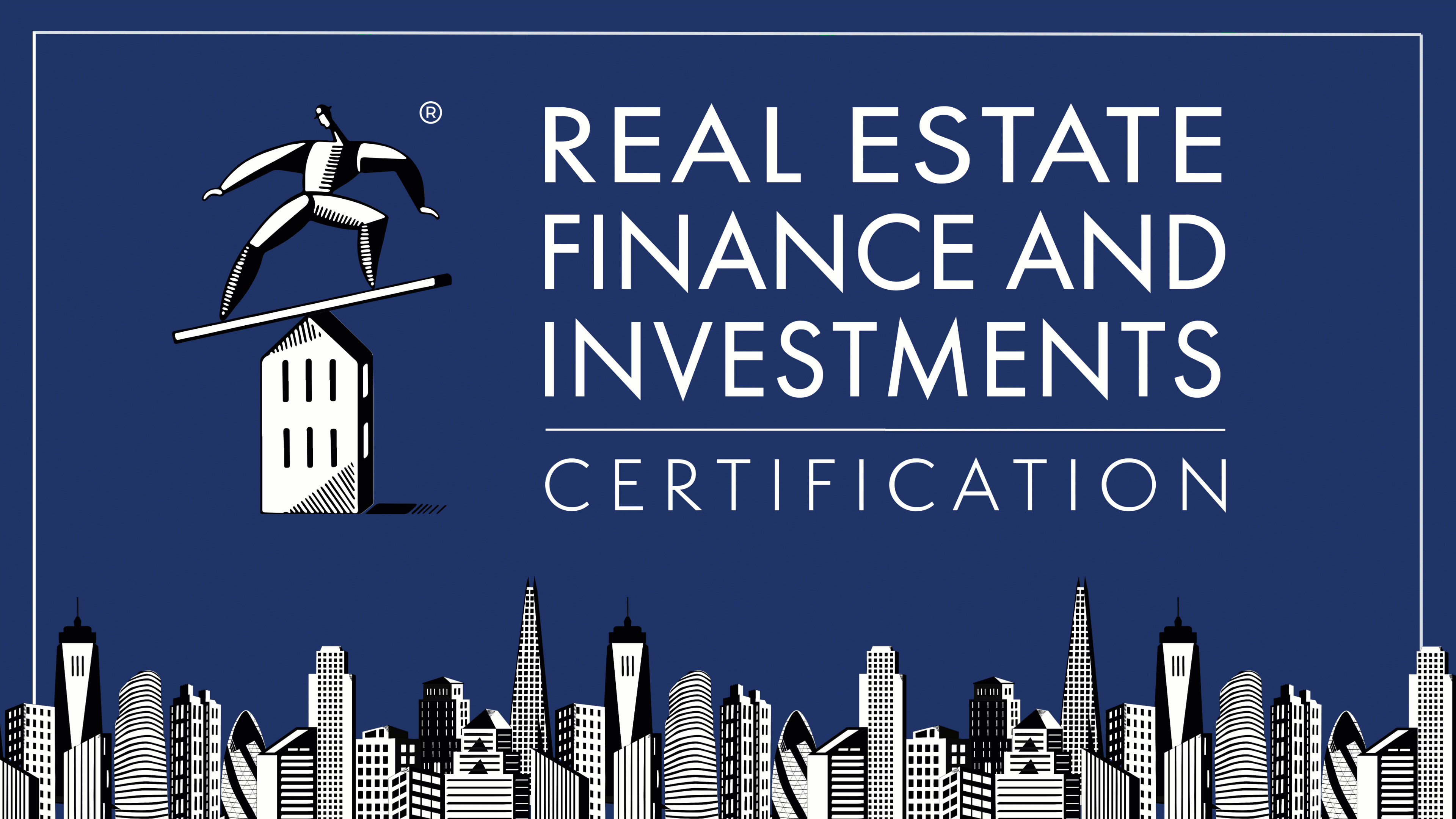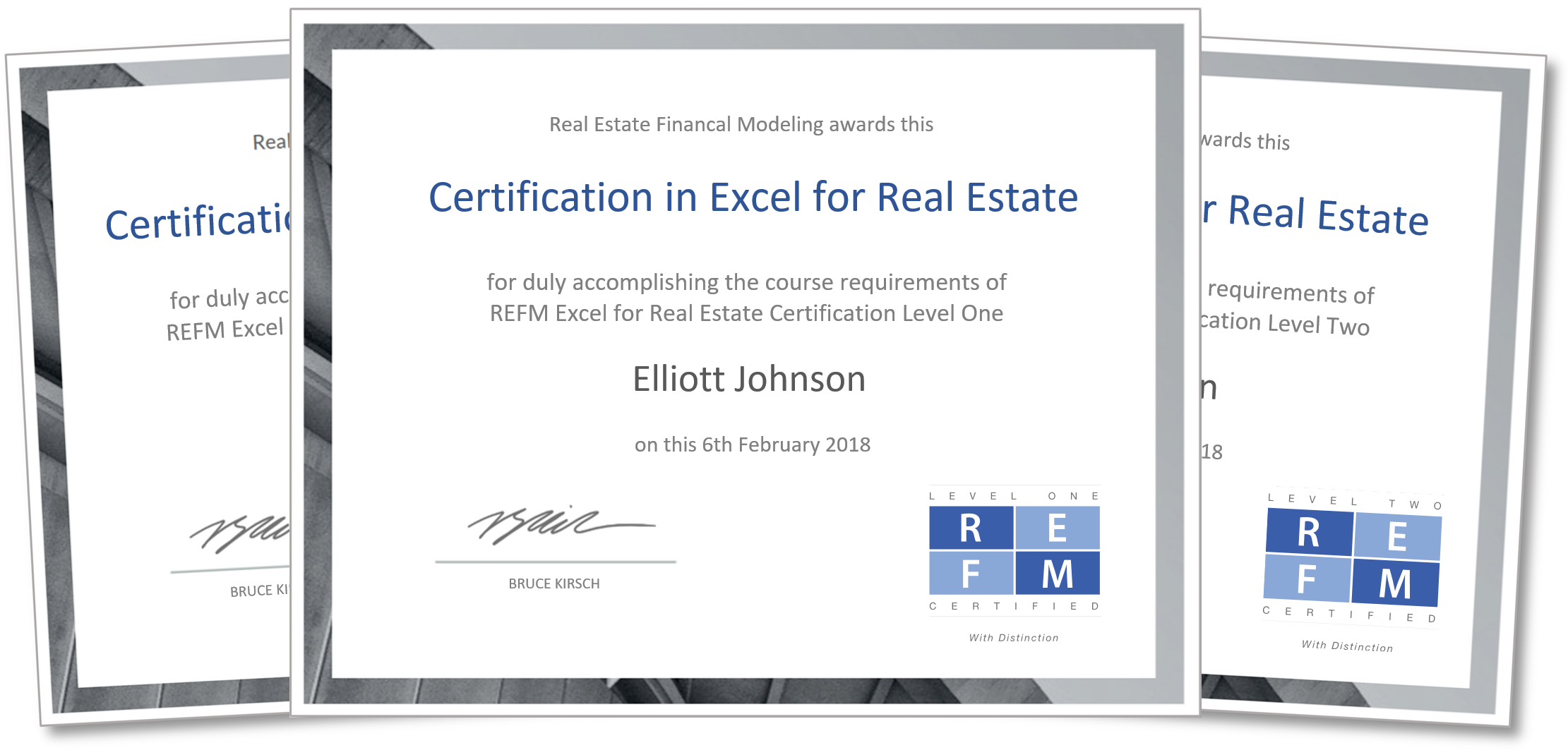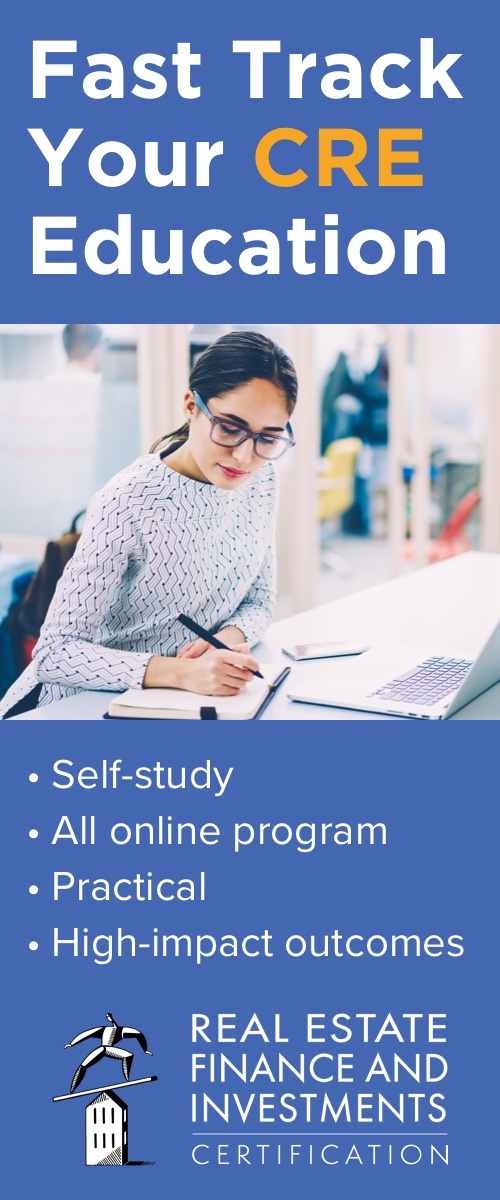Overview
Listen to this narration if you prefer
Chapter 22 discusses how the structure of the U.S. real estate business has changed critically over the 25 years from 1992 to 2017, identifies the economic “forces” that triggered this change, and illustrates in what ways the forces have impacted the business.
Summary
Commercial real estate is a highly capital-intensive business, with developments and acquisitions typically involving tens of millions of dollars. Every capital-intensive industry, from steel to aerospace, has experienced a critical transition period, typically lasting 20-30 years. The transition of these capital-intensive industries was driven by the search for cheaper capital and resulted in a stronger and more rational industry, with greater transparency, higher consolidation of players and much lower use of leverage. The same has been the case for real estate since the early 1990s.
Prior to 1986, the U.S. commercial real estate business was fueled by financial gimmicks such as unsustainable tax write-offs, mispriced debt, over-leveraged properties, and inside deals with friendly local bankers. These features created highly fragmented ownership within the industry. As recently as 1990, 95-110% LTVs were the norm. This excessive debt financing was even available for speculative development projects, allowing real estate entrepreneurs to achieve wealth through acquisition and development, regardless of whether they created economic value.
The economic catalysts for the structural change in the U.S. real estate business started around 1990, primary of which were the withdrawal, en masse, of lenders and the industry’s subsequent collapse; regulatory changes in the banking and insurance industries; and the emergence of mutual funds as a preferred investment vehicle.
There were three main economic “forces” that triggered the change in U.S. real estate that started in the early 1990s:
-
- Shifting of control of capital from debt provided by local commercial banks and life insurance companies to equity provided by pension funds and mutual funds
- Consolidation of capital among fewer U.S. financial institutions, and
- Prevailing of basic economics in the real estate business.
Starting in the early 1990s, the “forces” converged to impact real estate ownership and, in part, determined which long-term owners were able to create considerable wealth for their financial stakeholders. The keys to successful long-term real estate ownership are:
-
- Visionary leadership and the ability to sell its vision
- Low long-term capital costs relative to competitors
- Low overhead relative to competitors
- Enhanced revenue opportunities relative to competitors
- Successful risk management
- Operating efficiency.
The impact of the forces is seen in the growth in real estate company size, liquidity, and prominence. It is also seen in continued low LTVs and growth in transparency among real estate companies.
Questions
These are the types of questions you’ll be able to answer after studying the full chapter.
1. Name three financing gimmicks that fueled the U.S. real estate business prior to 1990.
2. Since 1990, have capital structures shifted towards less debt and more equity, or the reverse? Why?
3. What evidence is there of the impact of the forces that changed the real estate industry since 1990?
Audio Interview
A force that will change real estate over the next 40 years
BRUCE KIRSCH: You’ve had the benefit of a front row seat to major changes in the business. And you’ve also had a major impact on the professionalization of the US real estate business over the last 40 years. The three main forces, which we talk about in the chapter, that have changed the business revolve around control and consolidation of capital, and just basic profit fundamentals. What forces do you foresee compelling change in the next 40 years in the business?
PETER LINNEMAN: I hope, first of all, I’m around to see if I’m right in what I answer, because I would be 107 at that point so that would be great. I think the changes will be less technological than people think. Yes, there will be more efficient elevators. And yes, there will be more efficient heating systems. And yes, there will be better communication systems. But at the end of the day, the real estate business is about providing places to live, work, play, shop.
So yes, technology will affect it, but not as much as people think. Even in the area of retail, I don’t think it’s going to change it as much as people think. What I do think will happen is the role of institutional capital will continue to grow. It’s happened, as you know, outside of real estate with a lead. It happened earlier outside of real estate.
And so for example, I’ll give you the one that’s dramatic that I think we’ve not yet seen the impacts, and I think the next 20 years, it’s going to play out dramatically. You’re going to get more institutional capital in the form of 401(k)s that are not controlled by the company, but are controlled by you individually, as opposed to the old-time I’m a teacher and the state pension fund controls it. Or I work for IBM, and IBM has a pension fund for me. You control it.
Now, we know that those have grown. And we know the way employers do them is they’ll say, gee, you get Vanguard. And here’s your choice, dear employee, of 12 Vanguard funds– funds from the Vanguard family.
You’re not going to see, I don’t think, something that says, and by the way, you can do a deal. You’re not going to go and be a direct investor in an office building, which the old-time pension funds continue to do. And you know how Vanguard and BlackRock with the passive funds have become the main choice of 401(k)s across the board. And that’s only going to increase I think.
And how does real estate get its capital allocation, if you will, in a world where increasingly money says, I want passive, and I want it on the Stock Exchange? And I think that is just barely being dealt with. Because you got to figure out how to get in front of that money, which has been the real estate industry’s great skill historically, is how do I dress myself up to get in front of the money, because I need a lot of money for the product?
We’ve not dressed up very well as an industry yet for Vanguard, BlackRock passive funds. And those funds. I just believe are going to continue to grow as a proportion, both in absolute sense and a proportion of all money. And if we want our fair share, we’ve got to figure out how to dress up to get on that selection list.
And in many cases, a refund isn’t even on that selection list for employees, much less direct investing in some form. That– I’m not sure how it plays out, but that to me is follow the money. That’s going to be– that’ll be dramatically changed. And whoever figures out that puzzle of how do I get myself in front of all that 401(k) money going passively? Can I create a passive-active portfolio in a way? I don’t know the answer, but that’s the spirit.
Chapter Headings
- Real Estate is a Capital-Intensive Business
- The “Forces” Which Changed Real Estate
- Force #1: Shifting of Control of Capital
- Force #2: Consolidation of Capital
- Force #3: Prevailing of Basic Economics
- The Keys to Successful Long-Term Real Estate Ownership
- Managerial Vision and Ability to Sell It
- Low Capital Costs Relative to Competitors
- Lower Operating Costs Relative to Competitors
- Lower Overhead Costs Than Competitors
- Enhanced Revenues Relative to Competitors
- Successful Risk Management
- Operating Efficiency
- Proof of the “Forces” at Work
- Growth in Company Size, Liquidity, and Prominence
- No Reversion to Excessive Leverage
- Growth in Transparency
- Is Bigger Better?







